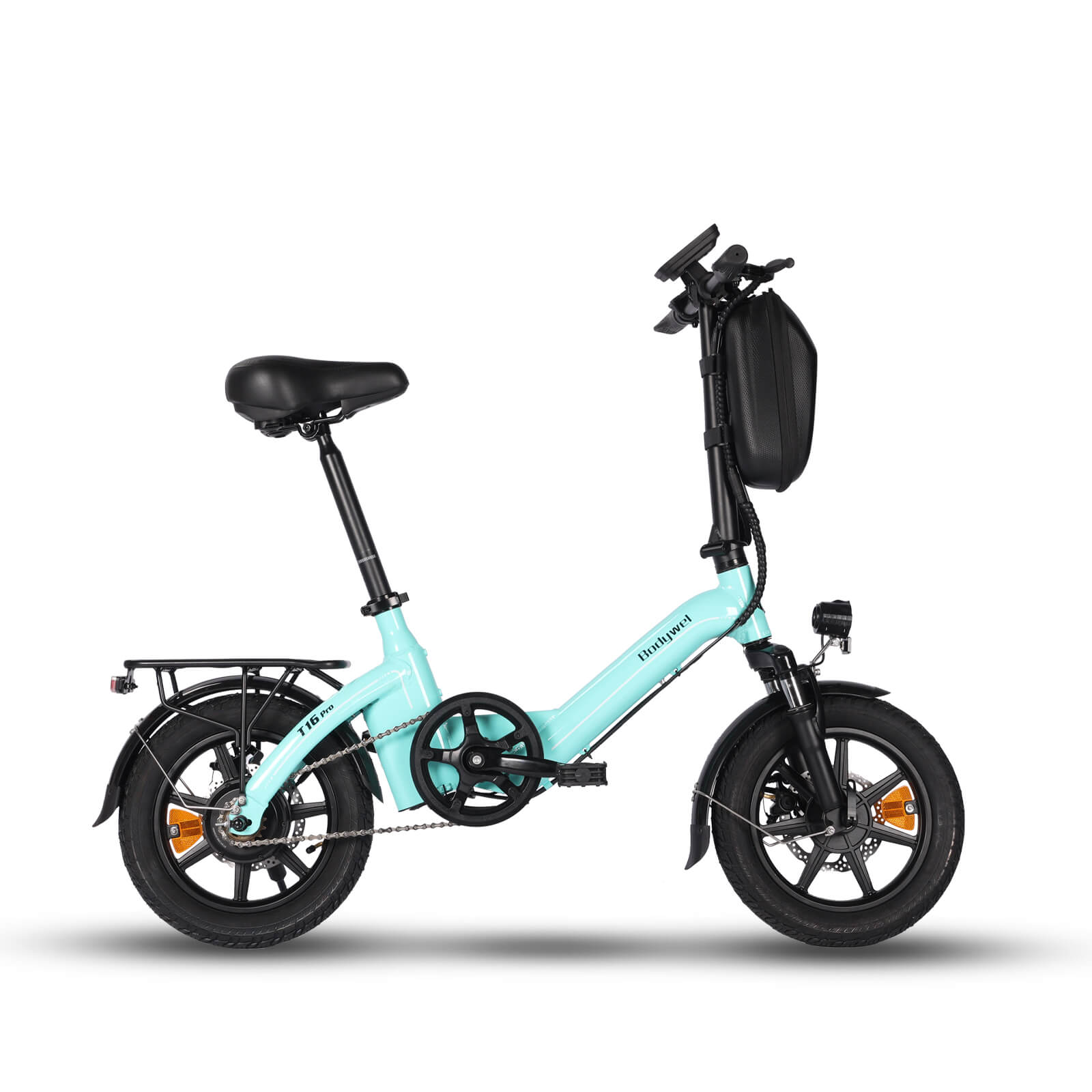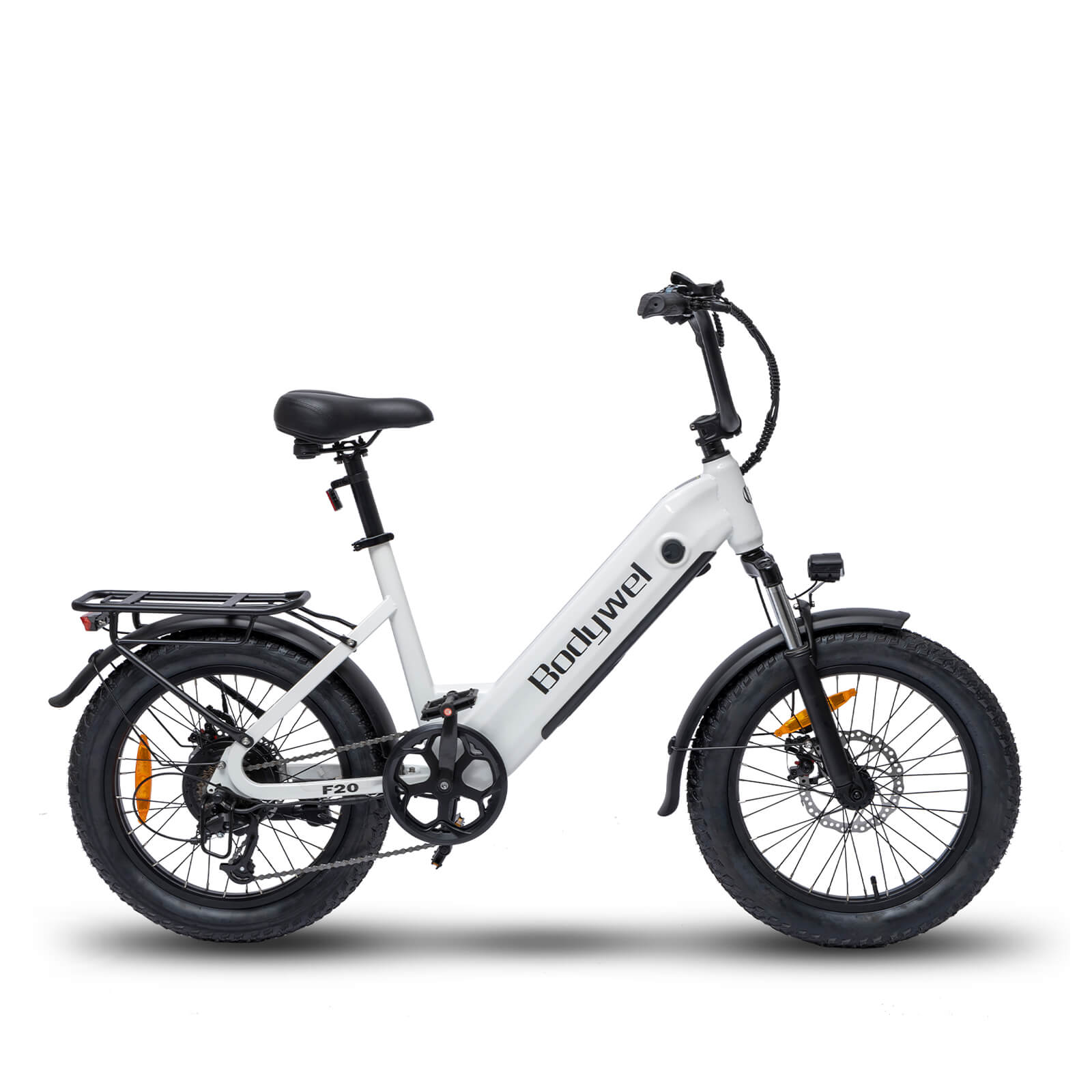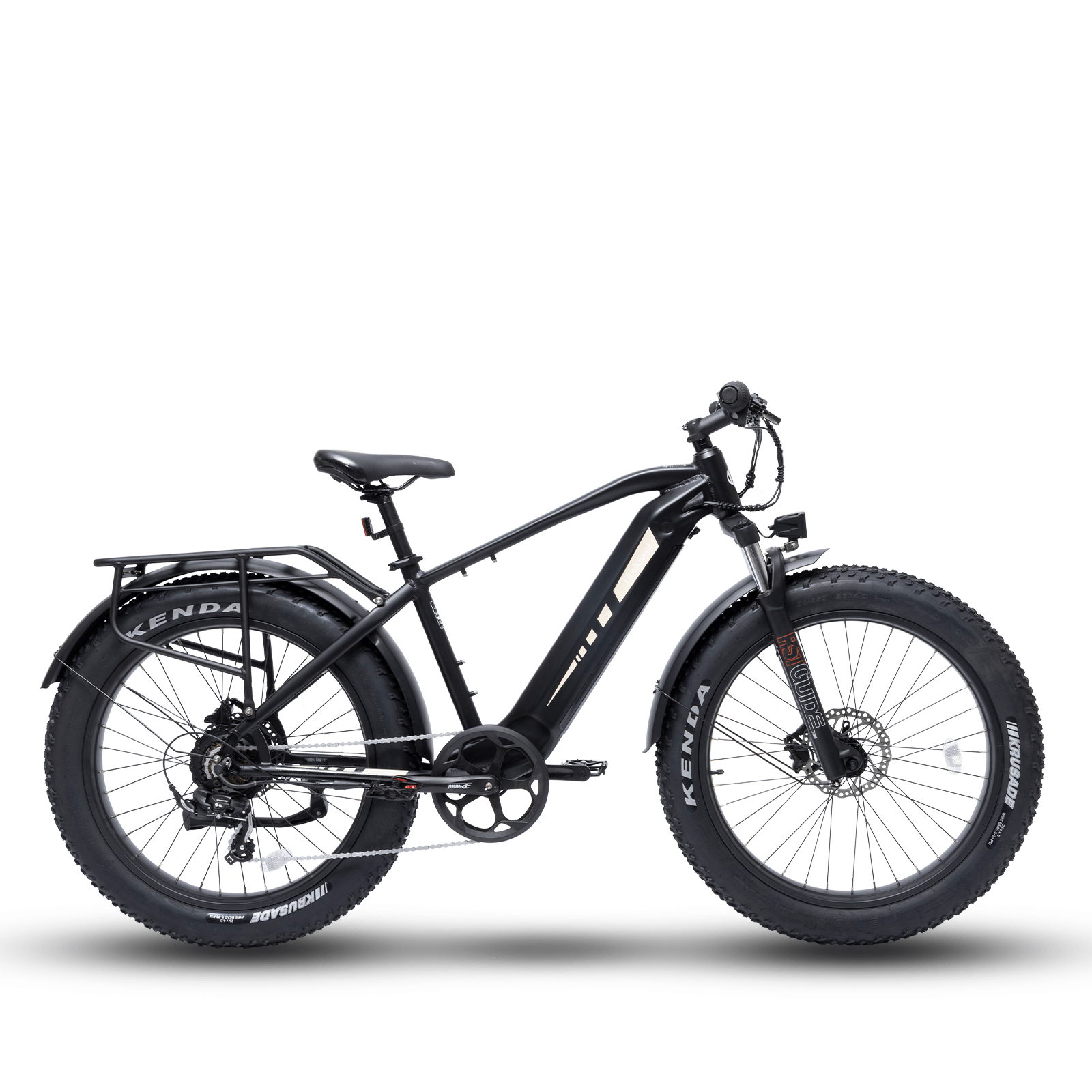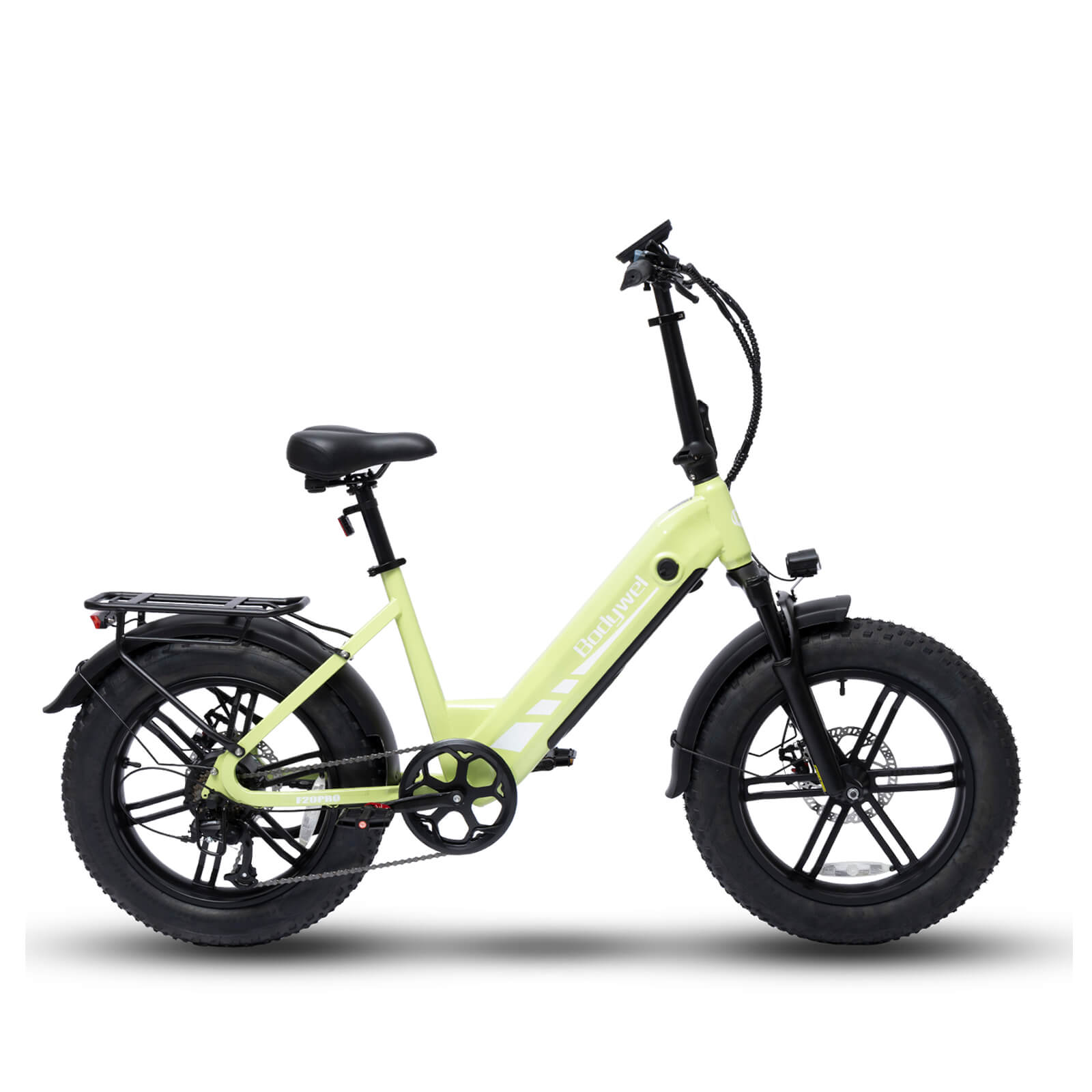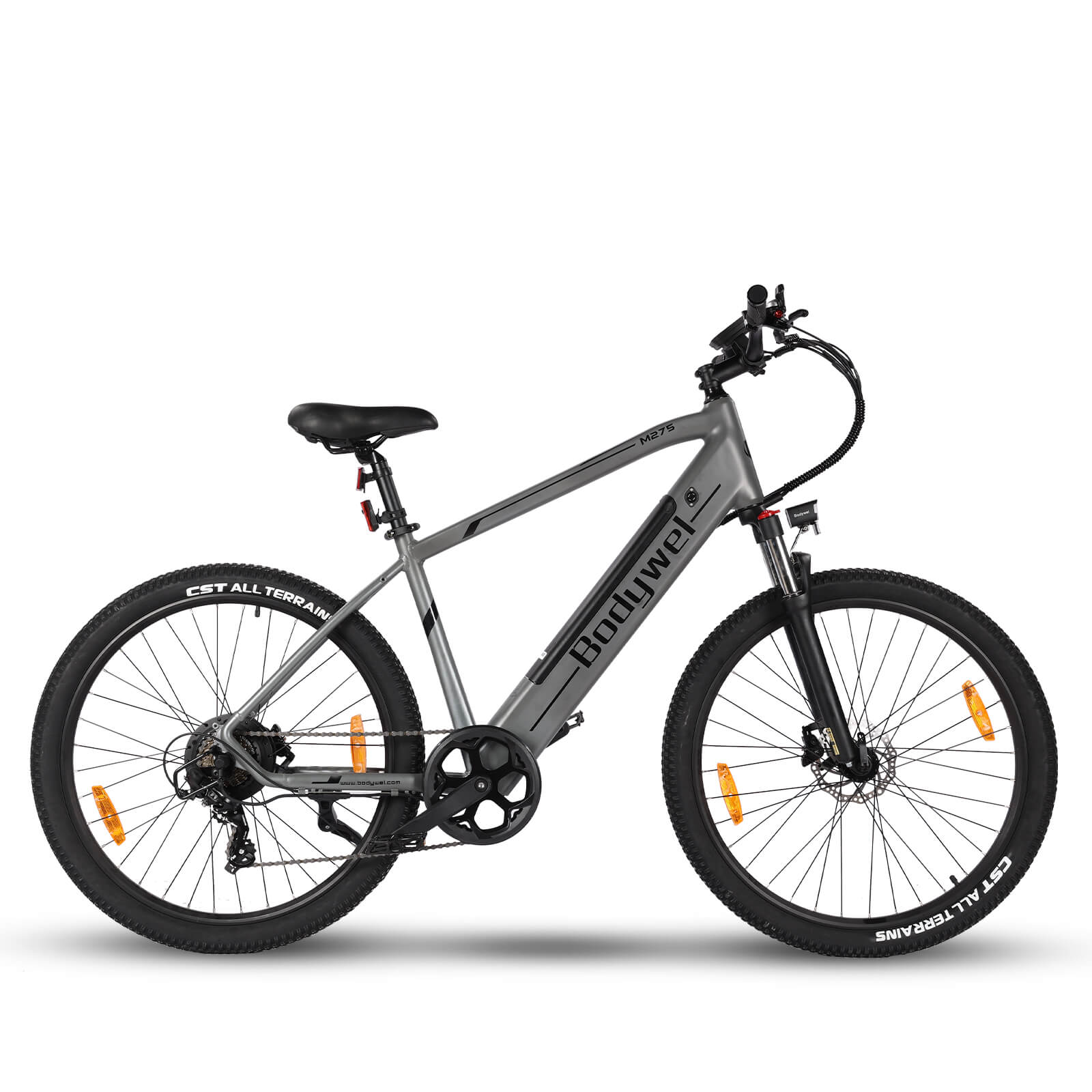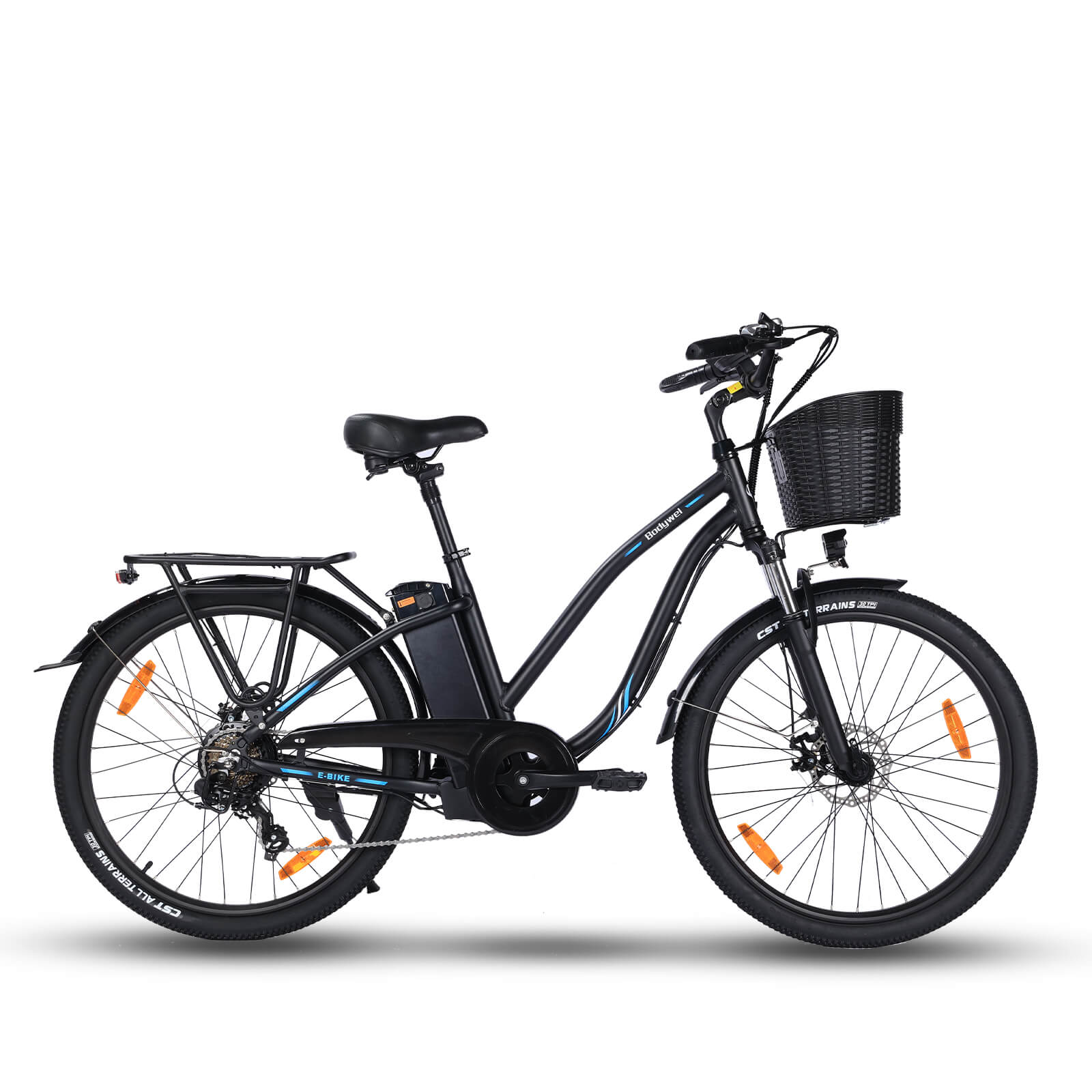5 consigli da conoscere per la tua prossima avventura MTB Trek MTB

La mountain bike elettrica (e-MTB) combina la tradizionale guida sui sentieri con la tecnologia della pedalata assistita, offrendo nuove possibilità di avventura. Questa guida illustra le strategie essenziali per massimizzare prestazioni, sicurezza e divertimento durante la tua prossima escursione in mountain bike elettrica.
Gestione della batteria principale
Una gestione efficace dell'energia è il segreto del successo delle spedizioni in e-MTB. A differenza delle mountain bike tradizionali, i modelli a pedalata assistita richiedono un'allocazione strategica dell'energia, soprattutto per i trekking di lunga distanza o i percorsi con un elevato dislivello. Considerate questi fattori critici:
Tecniche di ottimizzazione della portata
1. Selezione del livello di assistenza: Utilizzare la modalità eco per i tratti pianeggianti (consumando circa 100 Wh/ora) e la modalità boost solo per le salite ripide. Un motore a trazione centrale come il Linea di prestazioni Bosch CX offre un'assistenza alla coppia del 340% mantenendo l'efficienza.
2. Frenata rigenerativaAlcuni modelli recuperano il 5-10% di energia durante le discese. Controlla le specifiche della tua mountain bike elettrica.
3. Temperatura della batteria: Le batterie agli ioni di litio perdono il 15-20% della loro capacità a temperature inferiori a 0°C. Isolare i vani batteria durante il trekking con tempo freddo.
Adattarsi al terreno tecnico
Le E-MTB affrontano i sentieri in modo diverso a causa del peso aggiunto (in media 24 kg contro 13 kg per le bici analogiche). Specialized Turbo Levo SL dimostra come i modelli leggeri (meno di 19 kg) migliorino la manovrabilità tecnica. Modifiche chiave:
• In curva: Il manubrio più largo (oltre 780 mm) compensa il baricentro più alto
• Superamento degli ostacoli: Attiva la modalità di assistenza alla camminata per i tratti in cui si pedala con una pendenza superiore a 45°
Seleziona l'attrezzatura orientata alle prestazioni
L'attrezzatura MTB standard spesso non è all'altezza delle esigenze delle avventure in mountain bike elettrica. Dare priorità a:
• Pneumatici: DHF/DHR II 2.6" pneumatici con fianchi rinforzati per una capacità di carico superiore del 30%
• Freni: sistemi idraulici a 4 pistoni (ad esempio, Codice SRAM RSC) gestire l'aumento della velocità in discesa
• Ricarica: I power bank portatili da 240 Wh estendono la portata di 25-40 km
Seguire l'etichetta del percorso E-MTB
Poiché le mountain bike elettriche di Classe 1 (solo con pedalata assistita) sono ammesse sulla maggior parte dei singletrack, una guida responsabile preserva l'accesso ai sentieri:
• Dare la precedenza agli escursionisti e ai cavalieri: disattivare il motore quando si sorpassa
• Evita lo slittamento: le E-MTB generano il 30% di coppia in più rispetto alle bici tradizionali
• Rispettare le normative locali: alcuni parchi limitano la potenza (ad esempio, limite UE di 250 W)
Implementare la manutenzione pre-corsa
I componenti elettrici richiedono cure specialistiche. Prima di ogni escursione:
1. Controllare i bulloni di montaggio del motore (coppia consigliata: 10-12 Nm)
2. Ispezionare il cablaggio per verificare la presenza di abrasioni
3. Pulire e ingrassare nuovamente i perni delle sospensioni ogni mese (cicli di carico più elevati)
4. Verificare gli aggiornamenti del firmware tramite le app del produttore
Integrando queste strategie, i ciclisti possono affrontare con sicurezza le impegnative avventure fuoristrada in bici elettrica, massimizzando al contempo la longevità dei componenti e la sostenibilità del percorso.
0 commenti




